If you’re buying a brand-new car – or a used one – you’ll probably find it comes with a suite of technology collectively known as driver aids, or advanced driver assistance systems (ADAS). Such features are designed to make driving as safe as possible. You may already have experience of some, such as cruise control. But others including autonomous emergency braking can be more of a mystery.
This tech isn’t just fitted to top-of-the-range cars, either. You’ll find driver aids of some sort listed against most cars built in the last 15 years, indeed many features are now legally required. However, knowing the tech is there is one thing, knowing what it does and how to use it is another.
We sent Parkers presenter Hope Allen along to IAM Roadsmart for a crash course in some of the most common driver aids that you’re likely to experience in everyday driving. She’s at the wheel of a 2022 Skoda Fabia, the kind of low-cost car you might not expect to have many drivers aids but in fact comes comprehensively equipped with them. Joining her is IAM head of driving and riding standards, Richard Gladman.
Lane Assist
Also known as lane keeping assist, this feature is designed to stop drivers straying out of their lane. The system can stop side-swipes on motorways and head-on collisions on single-carriageway roads. It works by detecting the white lines and other road boundaries.
If the system detects that you’re about to stray beyond those boundaries, it gives the driver a warning in the form of a visual or audible warning, or a vibration through the seat or steering wheel. If you actually start to move out of the lane, you’ll feel the steering nudge you back in the right direction. The system isn’t triggered if the indicators are on, or if it detects a sudden evasive manoeuvre.
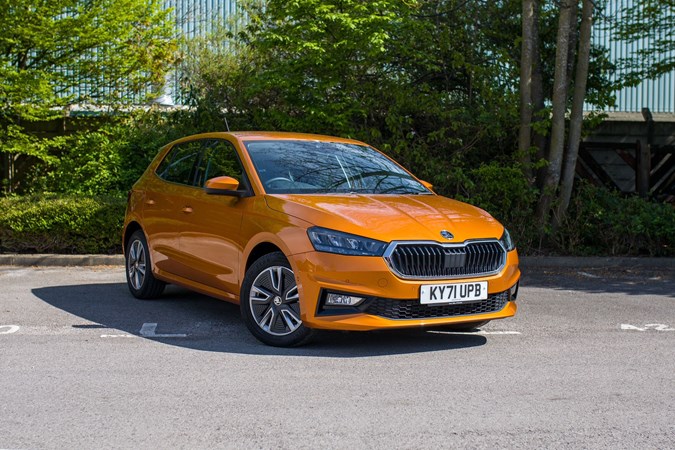
This may seem intrusive, and we have come across systems that struggle to interpret indistinct boundaries. The system can be turned off as well but, if you leave it on, you won’t notice it 99% of the time. As Richard says: ‘once you know it’s there and how it’s working, you can use it to your advantage. Why would you not load the dice in your favour?’
Read our full, in-depth guides to lane keeping assist and the related, slightly less advanced lane departure warning.
Driver Alert
This system acts as a friendly suggestion that it might be wise to take a break, or warns that your attention is wandering too far from the road. There are several variations on the system that work in different ways, monitoring your driving style, where you’re looking and even your position in the seat. In the system judges you’re fatigued, it shows a coffee cup symbol and a message suggesting you stop. If you’re attention has wandered, it sounds an audible alert.
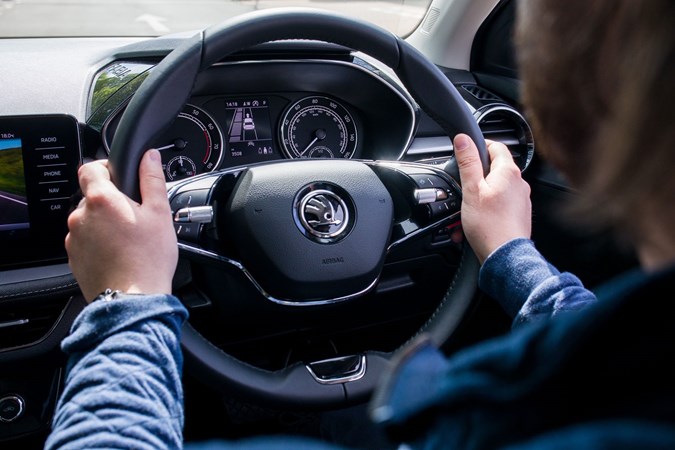
According to Richard, IAM advocates that you take a break at least every two hours or 100 miles, whichever comes first. You should have at least 15 minutes out of the car and ideally get some food and/or a drink to keep your energy levels up.
Hill-Hold Control
If you drive a car with a manual gearbox and a manual handbrake, you’ll know how delicate a balancing act executing a smooth hill start is. Being able to deftly blend the throttle and clutch is a great skill to have, but there is an easier way and that’s hill-hold control.
It’s fitted to cars with both manual and electronic handbrakes/parking brakes; you’ll feel its effects most with a manual gearbox. The system kicks in when it detects the car is stationary on a gradient of more than 5% – one-in-20 – holding the brakes on so you can take your foot off the pedal and focus on balancing the throttle.
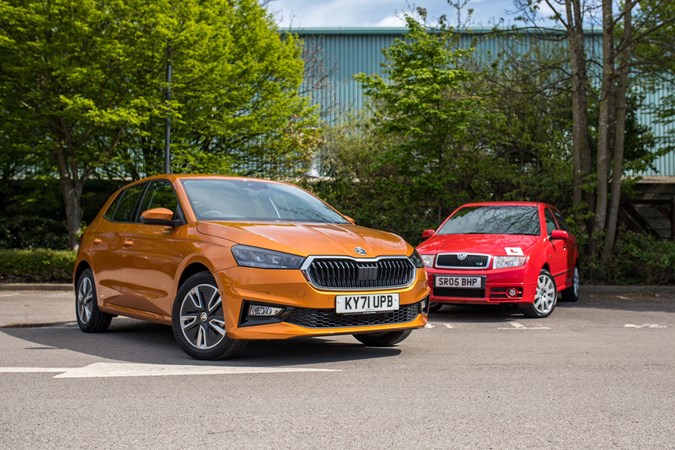
It’s worth noting that an electronic parking brake automatically releases for a hill start when the car’s computers judge you’ve got the right balance of throttle and clutch. However, you can move off rather more abruptly than with hill-hold control. Bear in mind that some cars require you to push the brake pedal to the end of its travel to activate hill-hold. All automatic cars have it, as well.
Read our full, in-depth guide to hill-hold control.
Autonomous Emergency Braking (AEB)
You’ll hopefully never experience autonomous emergency braking in action because it’s a measure of last resort. If you don’t react quickly enough to a hazard on the road ahead such as a stationary vehicle or crossing pedestrian, the car will automatically slam the brakes on to avoid an accident, or at least reduce the severity of one. It has been legally required on all cars sold in the UK since 2022.
It’s not to be relied on. The car applies all of its braking force, the seatbelts tighten, the hazard lights come on and the engine may stall. We’ve experienced it in a controlled environment and it’s shocking and deeply unpleasant.
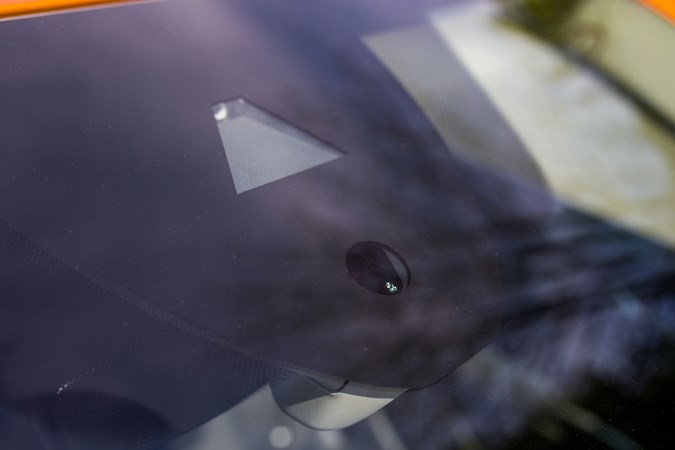
The system goes by different names – Skoda calls it front assist – and there are many variations on the theme. Basic systems work at speeds up to around 30mph and detect stationary vehicles. More sophisticated versions work at much higher speeds and can pick up cyclists and pedestrians – check the specs for your car.
Read our full, in-depth guide to autonomous emergency braking.
Park Assist
We’ve all struggled with parking at some point. There’s definitely a knack to it and it can often be an awful lot of hassle. That’s where park assist can help. You press the button and drive slowly past a line of parking spaces for the car to select the best one. Then select reverse and cover the brake pedal while the car handles the steering and throttle. You’ll be told when to press the brakes. In our experience, the system can be a bit hit-and-miss, but it can be really helpful when parking is tricky.
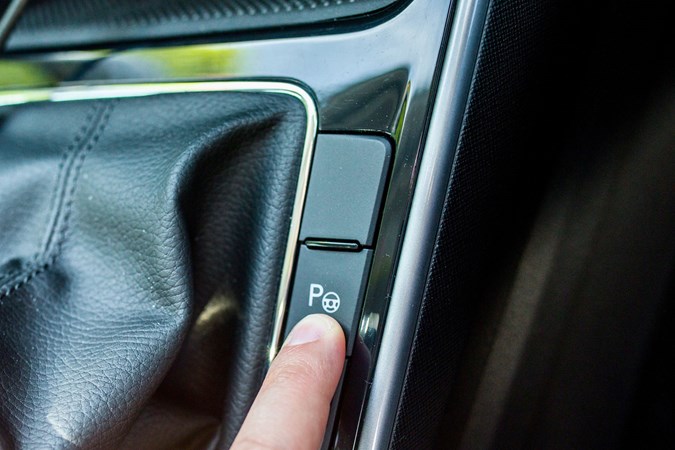
These are just five of the myriad such systems many cars now have that are designed to keep a car’s occupants and other road users safe. All these systems work best when you, the driver, understand how they work, so we encourage you to read your car’s handbook for model-specific information. Alternatively, you can read Parkers’ guides to a raft of driver aids including:
- Anti-lock braking (ABS)
- Electronic stability control
- Adaptive cruise control
- Cross-traffic alert
- Speed limit warning
- Parking sensors
Of course, knowing your car has these systems and how and when they work is no substitute for being fully in control of the vehicle and aware of your surroundings. The IAM Roadsmart website has a wealth of resources to help you learn about road safety and becoming a better a driver.
Just so you know, we may receive a commission or other compensation from the links on this website - read why you should trust us.


























